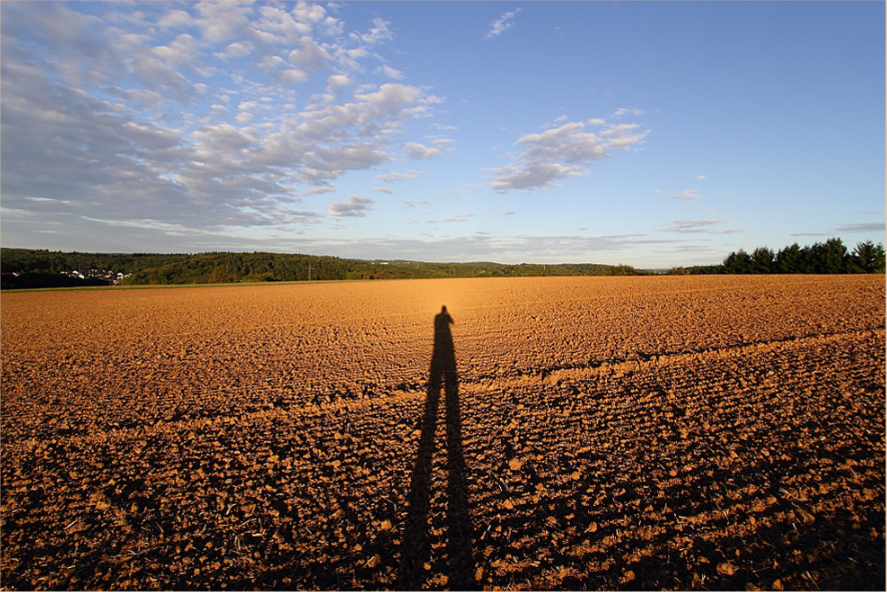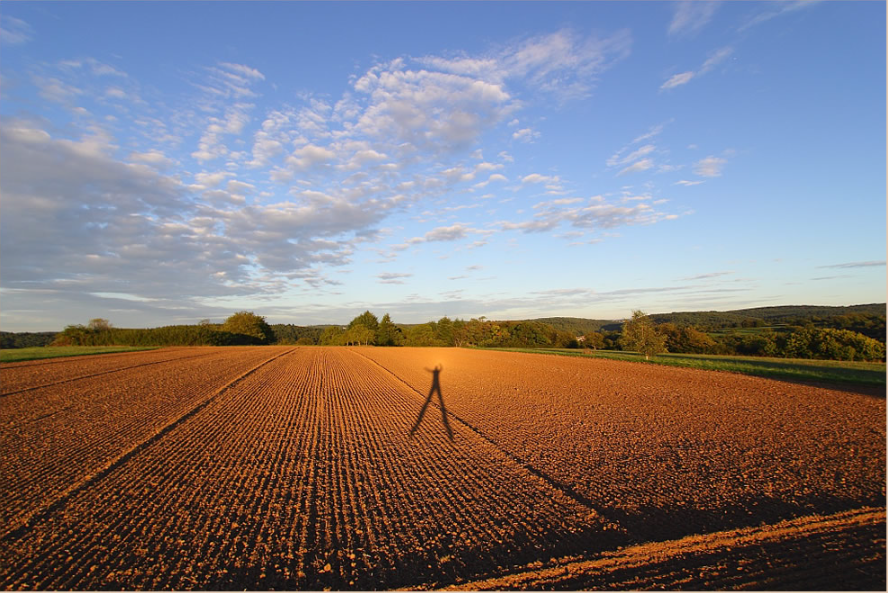Shadow Hiding, Opposition Effect - OPOD
Shadow Hiding: Unveiling the Mysteries of the Opposition Effect
Have you ever noticed how shadows can play tricks on our perception of reality? The phenomenon known as shadow hiding, or the opposition effect, is a fascinating atmospheric optics phenomenon that can distort our perception of shadows and create intriguing visual effects. In this article, we will delve into the world of shadow hiding and explore the science behind this captivating phenomenon.
The Distorted Perspective of Shadows
When capturing images just before sunset, photographer Michael Grossman noticed something peculiar about the shadows cast across a field. The slant of the shadows appeared distorted, creating an intriguing visual effect. This distortion is similar to what is observed in Brocken spectre shadows, adding to the mystique of the scene.
The Glow Surrounding the Head
In Grossman's photographs, he noticed that his head, or rather the location where the camera's shadow would be if visible, seemed to be enveloped in a bright glow. This glow is known as the opposition effect and is a characteristic feature of shadow hiding. It creates an ethereal aura around the object, captivating viewers with its luminosity.
Shadows Pointing Towards the Glow
A remarkable observation made by Grossman was that long shadows, which are actually parallel, appeared to point towards the glow surrounding his head. This phenomenon adds an extra layer of complexity to shadow hiding and showcases the intricate interplay between light and shadows.
The Absence of Shadows
When we direct our gaze away from the sun towards the antisolar point (ASP), an astonishing effect occurs: shadows are hidden behind objects. This creates the illusion of a "glow" where shadows should be present. As we shift our gaze further away from the ASP, shadows become less concealed, gradually revealing their true nature. This captivating effect arises due to the different angles at which light illuminates the landscape and our eyes perceive it.
The Role of Parallel Light
The secret behind shadow hiding lies in the lighting conditions. When the landscape is bathed in parallel light, and our eyes observe the scene from various angles, the absence of shadows becomes more pronounced. Objects that would typically cast shadows appear brighter because the lack of shadows darkening them. This contrast between the shadowless areas and the visible shadows creates a mesmerizing visual spectacle.
Unveiling the Complexity
While shadow hiding primarily occurs due to the absence of shadows when looking away from the sun towards the ASP, it is important to note that not all glows opposite the sun are a result of shadow hiding. Other atmospheric phenomena, such as retro-reflection and backscattering by rocks, can also contribute to these visual effects. Additionally, fields covered in dew can exhibit a phenomenon known as heiligenschein, further adding to the complexity of the scene.
Capturing the Extraordinary
To capture the true essence of shadow hiding, Grossman had to resort to extraordinary measures. In one particular photograph, he had to jump in the air to achieve the desired effect. This dedication to capturing the beauty of atmospheric optics demonstrates the awe-inspiring nature of shadow hiding and its ability to evoke wonder and curiosity.
As we conclude our exploration of shadow hiding, we are reminded of the intricate dance between light and shadows that occurs in our everyday surroundings. The opposition effect, with its enchanting glow and concealed shadows, invites us to question our perception of reality and marvel at the wonders of atmospheric optics. So, next time you find yourself captivated by the interplay of light and shadows, take a moment to appreciate the hidden beauty that lies within shadow hiding.

Shadow Hiding
Michael Grossman took these images half an hour before sunset.
His perspective distorted shadow slants across the field. Brocken spectre shadows are similarly distorted.
His head (or rather where the camera shadow would be if we could see it) seems to be surrounded by a bright glow - the 'opposition effect'.
Elsewhere, long shadows, actually parallel, appear to point toward the glow.
All images ©Michael Grossman, shown with permission

The view from the eye.
The shadows always point towards the direction of the ASP.

The 'glow' is the absence of shadows.
When looking directly away from the sun, towards the antisolar point ASP, the shadow of a tree or clump of soil is hidden behind the object.
Look away from the ASP and shadows hide less and less.
The effect occurs because the landscape is lit by parallel light while the eye looks at a whole range of angles.

In direction 'a' - along the sun rays - the shadow is hidden by the tree. That area appears bright because no shadows darken it.
The shadow of the trees at 'b' and 'c' appear towards the antisolar point. They are visible and reduce the area's average brightness.
Not all glows opposite the sun are shadow hiding. Retro-reflection and backscattering by rocks play a role. Dew wetted fields have a heiligenschein.

Michael had to jump in the air to get this one.

Note: this article has been automatically converted from the old site and may not appear as intended. You can find the original article here.
Reference Atmospheric Optics
If you use any of the definitions, information, or data presented on Atmospheric Optics, please copy the link or reference below to properly credit us as the reference source. Thank you!
-
<a href="https://atoptics.co.uk/blog/shadow-hiding-opposition-effect-opod/">Shadow Hiding, Opposition Effect - OPOD</a>
-
"Shadow Hiding, Opposition Effect - OPOD". Atmospheric Optics. Accessed on December 13, 2024. https://atoptics.co.uk/blog/shadow-hiding-opposition-effect-opod/.
-
"Shadow Hiding, Opposition Effect - OPOD". Atmospheric Optics, https://atoptics.co.uk/blog/shadow-hiding-opposition-effect-opod/. Accessed 13 December, 2024
-
Shadow Hiding, Opposition Effect - OPOD. Atmospheric Optics. Retrieved from https://atoptics.co.uk/blog/shadow-hiding-opposition-effect-opod/.